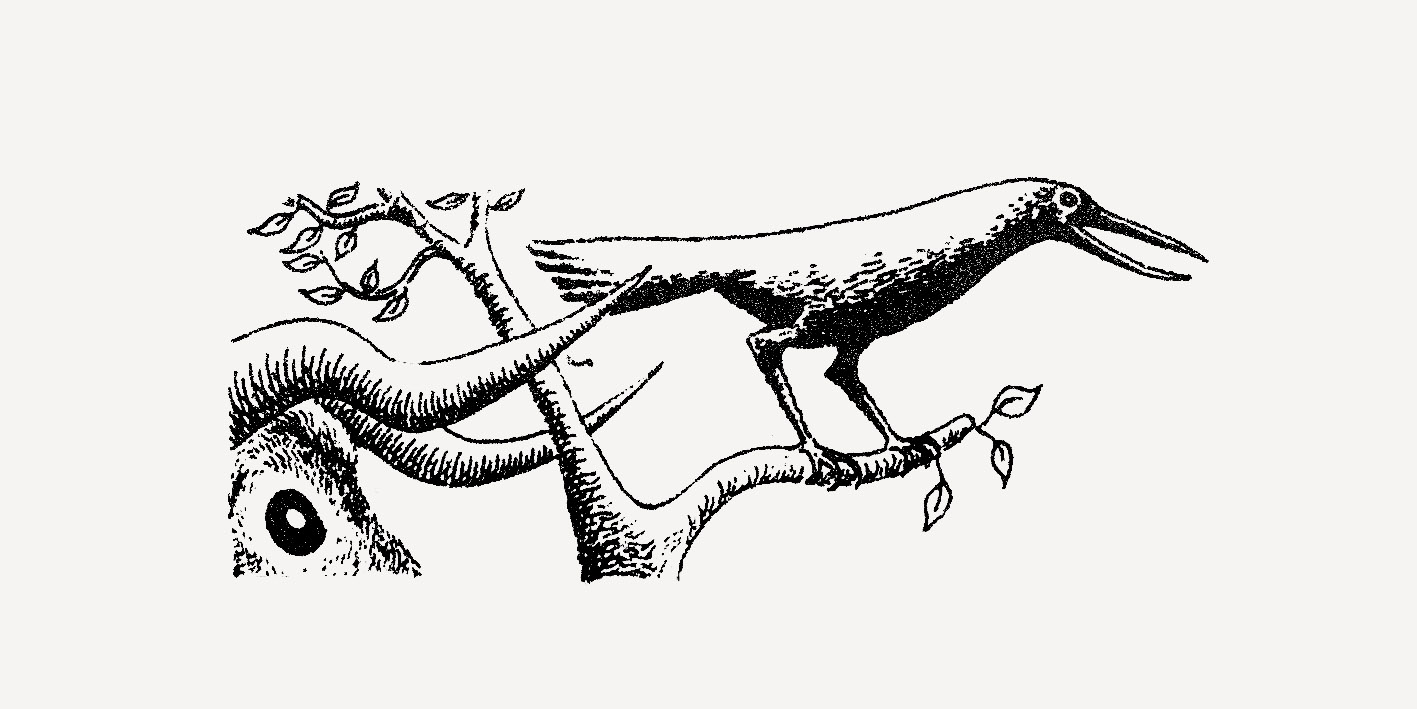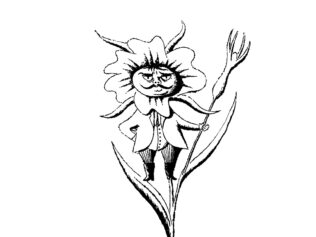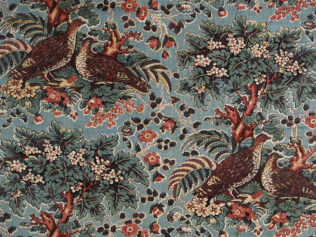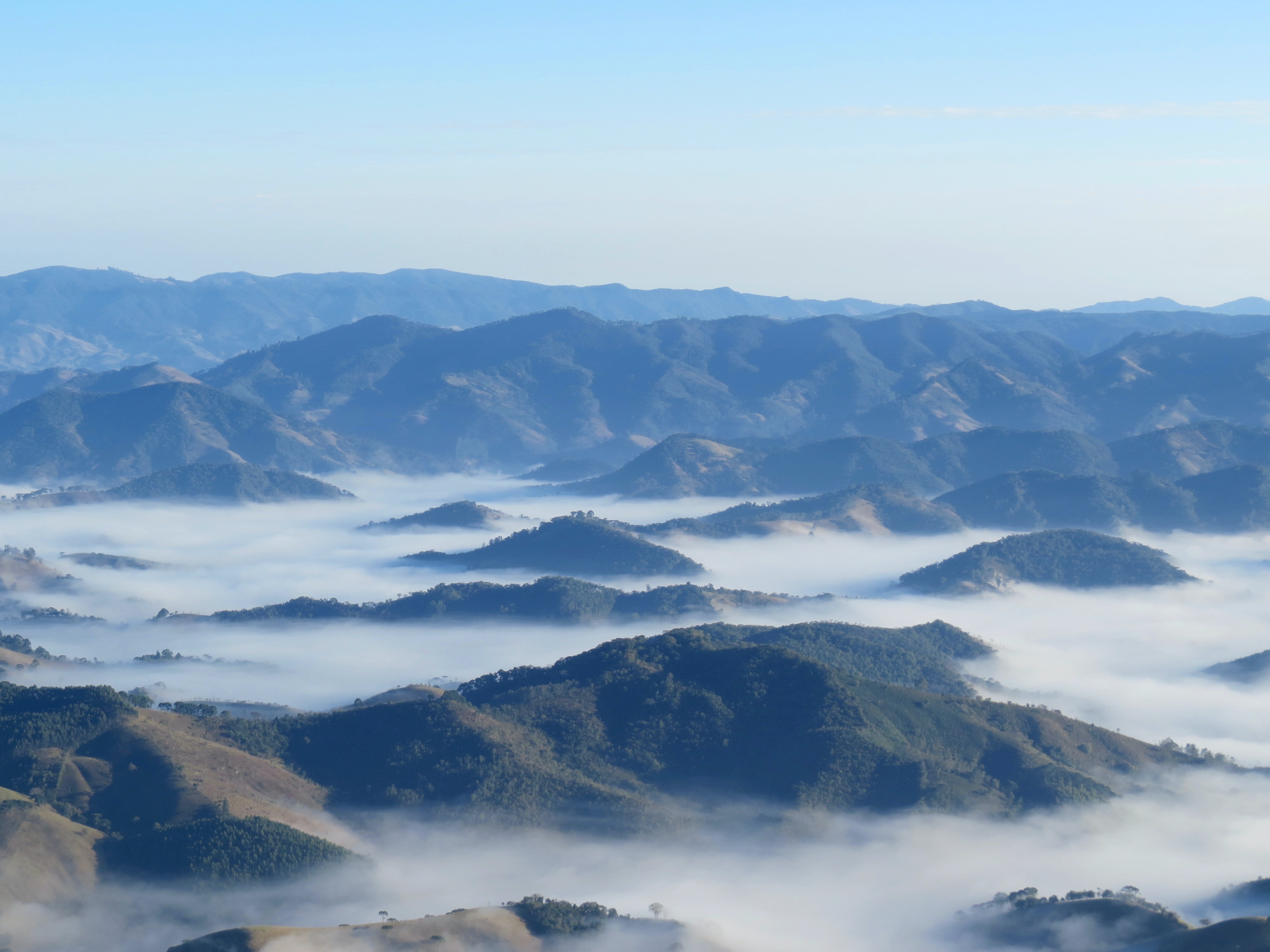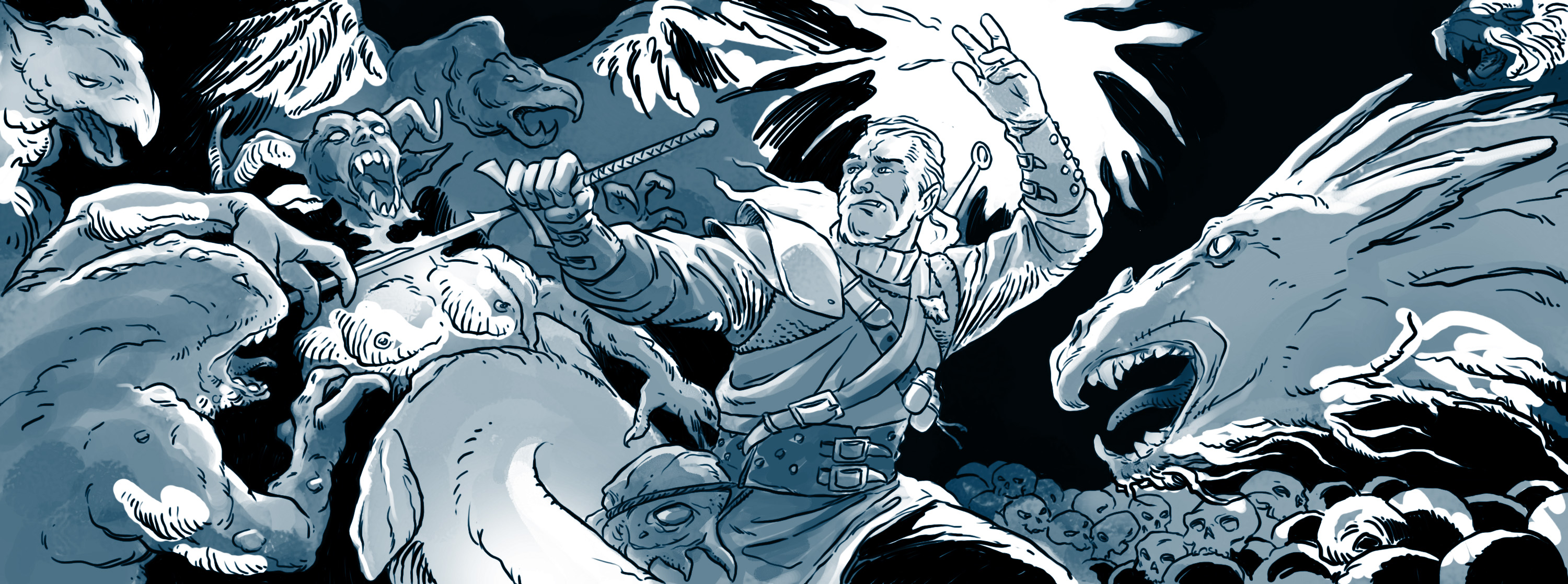
All great artworks – whether cinematic or literary – have their own wild forest. All great cultures communed with nature. Its primitive image lies dormant in the collective memory, instilled in fables and fairy tales.
Brokilon Forest in The Witcher. The Forbidden Forest in Harry Potter. Mirkwood in The Hobbit – previously known as Greenwood the Great and, after the defeat of Sauron, the Wood of Greenleaves. All these mythical and literary forests share the features of the real primeval, natural forests that we can learn about from forest biology and ecology. The same goes for Pandora’s thickets in the film Avatar, Brandon Mull’s Fablehaven and the fairy-tale forest of Narnia. The intuitions of talented fantasy and science fiction authors reveal the fundamentals of scientific definitions. They are a lesson in natural history.
The forests of literature and film present trees of great size and unusual shape, just like a real primeval forest. The viewer or reader can be certain that the ancients of Mirkwood were not planted by human hand (after all, Treebeard of Fangorn had known those trees “from nut and acorn”). So the forests from the stories of Tolkien, Rowling and Sapkowski have been around for centuries. They are full of dying, dead or fallen trees, which give shelter, but sometimes hinder the heroes’ journeys. There is no shortage of hollows, broken branches or holes. There are dark swamps and crystal-clear springs. As in Brokilon:
“The forest did not seem to deserve the dreadful notoriety it enjoyed. It was terribly wild and arduous to march through, but it was the commonplace arduousness of a dense forest, where every gap, every patch of sunlight filtered by the boughs and leafy branches of huge trees, was immediately exploited by dozens of young birches, alders and hornbeams, by brambles, junipers and ferns, their tangle of shoots covering the crumbly mire of rotten wood, dry branches and decayed trunks of the oldest trees, the ones that had lost the fight, the ones that had lived out their lifespan. The thicket, however, did not generate the ominous, weighty silence which would have suited the place more. No, Brokilon was alive.”
Crooked trees and tall herbs
At first glance, all these natural phenomena seem to be nimble poetic interventions or narrative tricks, no more than a setting, but these are also the facts that make up the features of the primeval forest, traced in its various definitions and specialized descriptions. They are argued over by scholars. Some say that the primeval forests – those untouched (even indirectly) by man – are gone. There is, however, a scale of primordiality that can be used to measure the naturalness of a forest. A forest with primaeval (or natural) features need not be huge. It can be the size of a small forest, a valley, or even a woodlot, as long as it is ancient. It is often made up of trees of different species, of large sizes, sometimes growing in several tiers. As in The Witcher:
“The Trees – chiefly oaks, yews and hickories – had girths of over a hundred feet, some much more. It was impossible to say how high their crowns were. The places where the mighty, twisted roots joined the vertical trunks were high above their heads, however. They could have walked more quickly, as the giants grew slowly and no other vegetation could survive in their shadows; there was only a carpet of decaying leaves.”
Large trees and a multitude of species are not, however, a sine qua non (I always wanted to use that term) of primordiality. For example, the crooked beech woods in the Bieszczady Mountains are single-species and are made up of small, sometimes dwarf beeches with bizarre shapes. Also growing there, and not much bigger, are the tall herb sycamore forests, comprising sycamores of intricate form. Their small dimension and numerous curves proved to be their salvation; they rendered the forest unsuitable for ‘forest management’, and so it survived.
Goblins
Fantasy forests – just like the Amazon, Białowieża Forest or the Bieszczady Mountains – are inhabited by rare and endangered species of plants and animals (creatures) that require protection. Sometimes they can be dangerous. Just like in the primaeval forests, there are no signs of intensive human activity: roads, stumps, or large-scale logging. There aren’t even any foresters (in Sapkowski’s novels, the foresters are negative, greedy, untrustworthy characters who hunt water nymphs). At best, Radagast (The Hobbit) or Hagrid (Harry Potter), who neither chop nor plant, only guard. Like prudent managers of a national park, they understand the concept and importance of passive protection. Yes, there is a logging site near Sauron’s headquarters, but it turns out to be such a rare phenomenon that it serves as a landmark and appears on maps.
The fairy-tale forest model proves to be an instructive and wide-ranging reference: it not only introduces us to the concept of the primordiality or naturalness of the forest, but also indicates the right way to deal with it: leave it alone and protect it at all costs. From what? From felling. From whom? Usually from the forces embodying philosophical Evil.
One of the many interpretations of Tolkien’s stories holds that the archetypes of the Hobbits were the English, the Dwarves were Germans, and the Elves were peoples of Latin cultures. This would seem to call for the ancestors of goblins to be sought among the remaining folk of Eastern Europe. Are we the ones who threaten beauty? Tolkien himself rejected such an interpretation of his story. If the peoples of Middle-earth are to symbolize anything, it is probably the attitudes and behaviours characteristic of Homo sapiens in general, not of a specific people. So who is the goblin? The one who mindlessly harms, destroys and kills.
Dryads
Conflict around the forest is another feature of primaeval forests – both the imaginary and the last on Earth. This feature is no longer biological, not constitutive for plant communities, but equally significant, showing the relationships between culture and nature, and perhaps also the falsehood of this duality. For their inhabitants, forests are an intangible autotelic value; for their adversaries, they are a source of raw materials or the satisfaction of primitive desires. For Sapkowski’s dryads they are home; for the subjects of the neighbouring kingdoms, they are merely a source of timber, arable land and power. The Queen of the Dryads, in conversation with the Witcher, expresses with irony King Venzlav’s message to the people as follows:
“I want cedar, oak and hickory, mahogany and golden birch, yew for bows and pine for masts, because Brokilon is close at hand, and otherwise I have to bring wood from beyond the mountains. I want the iron and copper that are beneath the earth […]. I want to fell and saw, and dig in the earth […]. And most importantly; I want at last to be a king, one to whom everything bows down in his kingdom. I do not wish for some Brokilon in our kingdom, for a forest I cannot enter. Such a forest affronts me, rouses me to wrath and affords me sleepless nights, for I am a man, we rule over the world.”
Even in literary conversations about where Brokilon ends and where it begins, debates arise over how many areas we should protect and how many we should make use of (according to biologist E. O. Wilson, we should leave half the Earth untouched). Indeed, it seems that Sapkowski predicted the disputes over Białowieża Forest: ‘Where do the borders of the no-cut zones stretch to? What are these hundred-year-old forest stands that require protection?’ This is the response of the Queen of the Dryads when the Witcher mentions the names of the places he thinks belong to the people (let us allow the imagination to run wild; it doesn’t have it easy these days). The Witcher speaks of the Owl Hills, the left bank of the Ribbon, of the sacred site of Burnt Stump and Eight-Mile, of Brugge:
“‘The places you have mentioned,’ the dryad responded calmly, ‘are Brokilon. I do not recognize human maps or borders.’
‘But the forest was cleared there a hundred summers ago!’
‘What is a hundred summers to Brokilon? Or a hundred winters?’”
Thus, we find in the epic works of renowned authors a universal, repeatable truth which is touchingly relevant today, and which glimmers with a multitude of meanings. It seems that great literature is against mindless logging and felling, against the unrestrained use of the Earth’s resources. It employs images of greed and intemperance to depict evil, unhappiness and defeat.
The Last Place
We are delighted, seduced and dazzled by the old woodlands that resemble primeval forests. They arouse a kind of respect mixed with fear. We find them on the pages of major literary works; their assets can be utilized by the masters of cinema. Artists who are unable to appreciate the importance of the image of nature lay themselves open to ridicule and mockery, like the creators of Korony królów [Crown of Kings] – a TV saga set among the young woodland of commercial forests. The sight of a knight dressed in mediaeval robes against a backdrop of a pine forest planted 40 years ago on former arable land is at once funny and sad. This scene symbolizes our disregard for nature, the ignorance that betrays us. All that is missing is a Forestry Commission sign and a post with the woodlot number.
What is it like in a natural forest? “The next day they reached the Trees. Braenn knelt down and bent her head. Geralt felt the need to do the same. Ciri heaved a sigh of awe […]. They could have walked more quickly. But they walked slowly. In silence. With bowed heads. Among the trees they were small, insignificant, irrelevant. Unimportant. Even Ciri kept quiet…”
Almost all great artworks – whether cinematic or literary – have their own wild forest. All great cultures communed with nature. Its primitive image lies dormant in the collective memory, instilled in fables and fairy tales. Few people know that the remains of these forests survived and are being cut down. No, not only in the Amazon. Not only in Borneo. In Poland, too. In the Bieszczady. In Białowieża Forest. In Borecka Forest. In Beech Forest near Szczecin. What has survived are the remnants, the last pieces of the forest that once covered all of Europe and was cut down and cleaned out as a thoroughly as if it were a person’s home.
“‘Oh, Geralt,’ he heard Ciri’s voice. ‘How delightful it is here… Pity you can’t see. There are so many flowers. And birds. Can you hear them singing? Oh, there’s so many of them. Heaps. Oh, and squirrels. Careful, we’re going to cross a stream […]. Oh, so many little fishes! Hundreds […]. So many little animals, oh my. There can’t be so many anywhere else.’
‘There can’t,’ he muttered. ‘Nowhere else. This is Brokilon.’
‘What?’
‘Brokilon. The Last Place.’
‘I don’t understand.’
‘No one understands. No one wants to understand.’”
Quotes are taken from The Witcher: Sword of Destiny by Andrzej Sapkowski, translated by David French.
Translated from the Polish by Kate Webster





